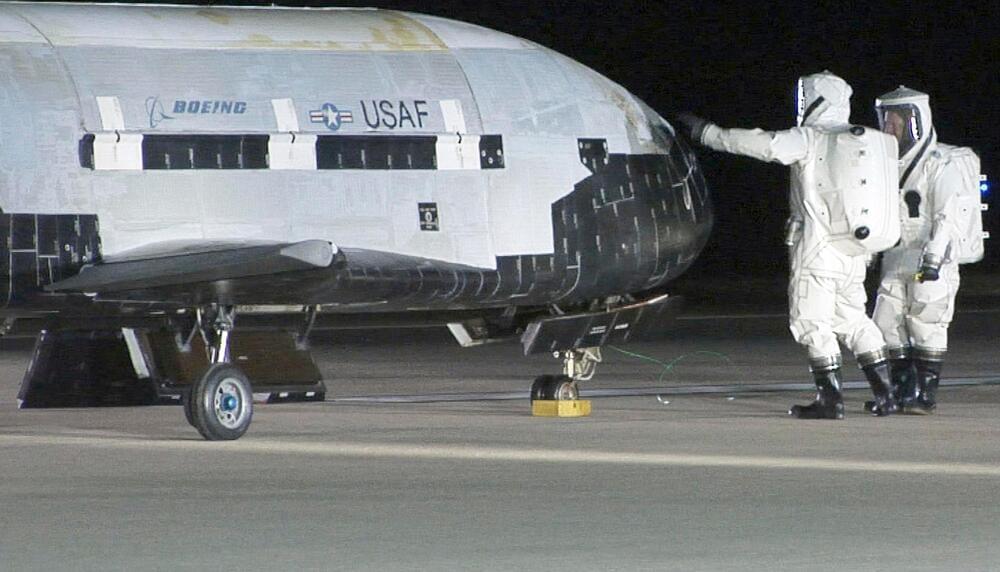
Category: space travel – Page 170

Starship and Booster Engine Testing Double Header | SpaceX Boca Chica
Booster 7 and Ship 24 both conducted two spin prime tests, Ship 25 was welded in the High Bay, and the Chopsticks were raised.
Video and Pictures from Mary (@BocaChicaGal), Nic (@NicAnsuini), and the NSF Robots.
Edited by Patrick Colquhoun(@Patrick_Colqu).
All content copyright to NSF. Not to be used elsewhere without explicit permission from NSF.
Click “Join” for access to early fast turnaround clips, exclusive discord access with the NSF team, etc — to support the channel.
Rolling Updates and Discussion: https://forum.nasaspaceflight.com/index.php?board=72.

Space and Technology
Blue origin’s moon rocket engines.

SpaceX Starship Updates and 20 Engine Static Fire for Booster, Atlas V, Electron, Falcon 9 and NS-22
Head to https://www.squarespace.com/marcushouse to save 10% off your first purchase of a website or domain using code MARCUSHOUSE
This week unlike the last has been super busy with launch activity. SpaceX Starship Updates and 20 Engine Static Fire for Booster, Atlas V, Electron, Falcon 9 and NS-22. We have multiple flyovers of both SpaceX’s Starbases in Texas and Florida, and wow are we seeing huge work done. Strap in, because there is a lot to cover today.
My mid-week video — Does NASA & SpaceX’s Plan with Artemis Make Sense?
https://youtu.be/bQWy27ucskw.
BPS.space / Joe Barnard — I Landed A Rocket Like SpaceX
Join the mailing list to be notified when I release a video.
https://marcushouse.space/email-list.
👕Like this shirt? Pick it up on any product you like here.
Artemis without SLS
New video I released today.
The space launch system is very expensive, and may cost $4.1 billion per launch. And according to the current NASA plan it can only be launched once per year at best.
That’s not enough to sustain a Moon bases.
In this video we will explore a suggestion to launch additional Moon missions without relying on the Spaces Launch system and Orion, while using existing components or components that are already required by the Airtimes program.
#booktube #authortube #writingtube #SpaceX #NASA #moon.
A New Method for Making Graphene has an Awesome Application: A Space Elevator!
The material of the future could make an imaginative concept of the past real.
Brief history of the space elevator
Like most time-honored revolutionary ideas for space exploration, the space elevator can be traced to Russian/Soviet rocket scientist Konstantin Tsiolkovsky (1857−1935). Considered to be the top contender for the title of the “Father of Rocketry” (the other two being Hermann Oberth and Robert Goddard), Tsiolokovsky is responsible for developing the “Rocket Equation” and the design from which most modern rockets are derived. In his more adventurous musings, he proposed how humanity could build rotating Pinwheel Stations in space and a space elevator.
This proposal was inspired by his visit to Paris in 1,895, where he witnessed the Eiffel Tower for the first time (construction had finished in 1889). From this encounter, Tsiolkovsky conceived of a structure that reached to geostationary orbit (GSO), or an altitude of 36,000 km (22,370 mi). However, Tsiolkovsky’s version of the idea called for a compression structure rather than a suspension one. He also noted that the idea was unrealistic since no known material was strong enough to support the weight of the standing structure.

